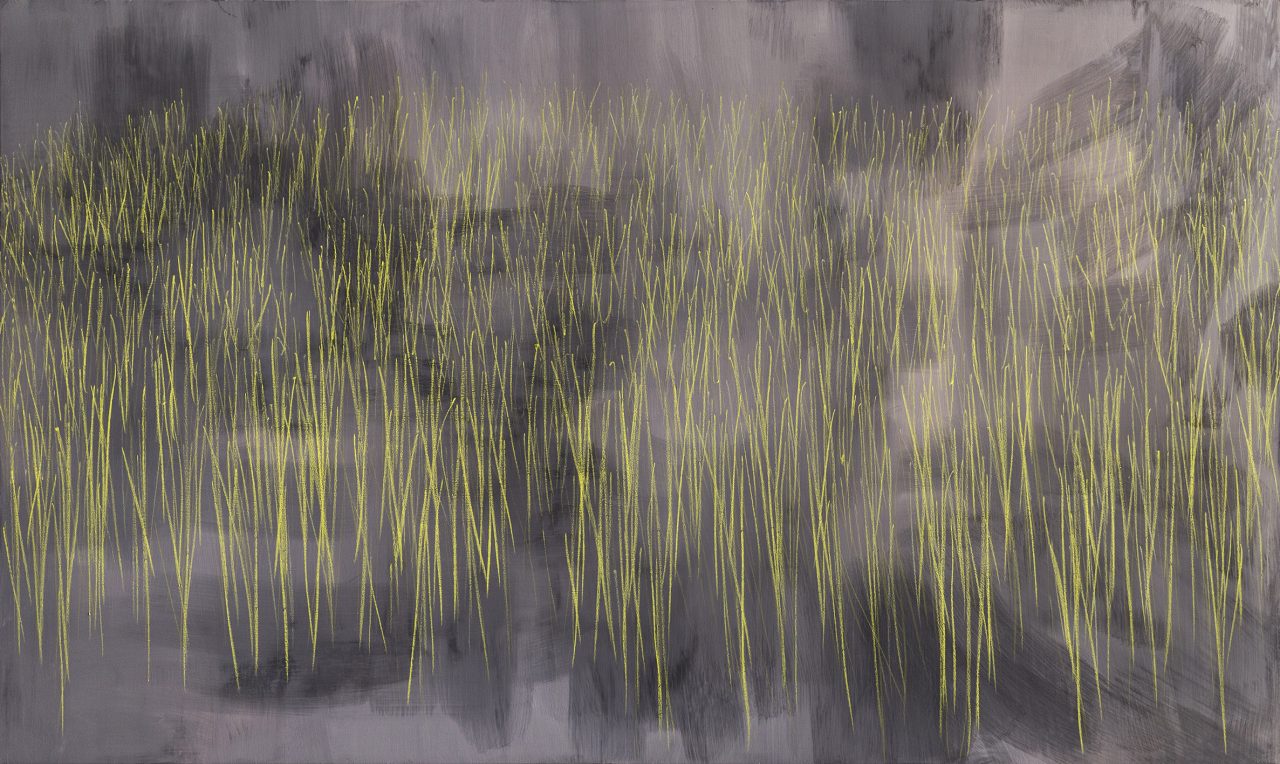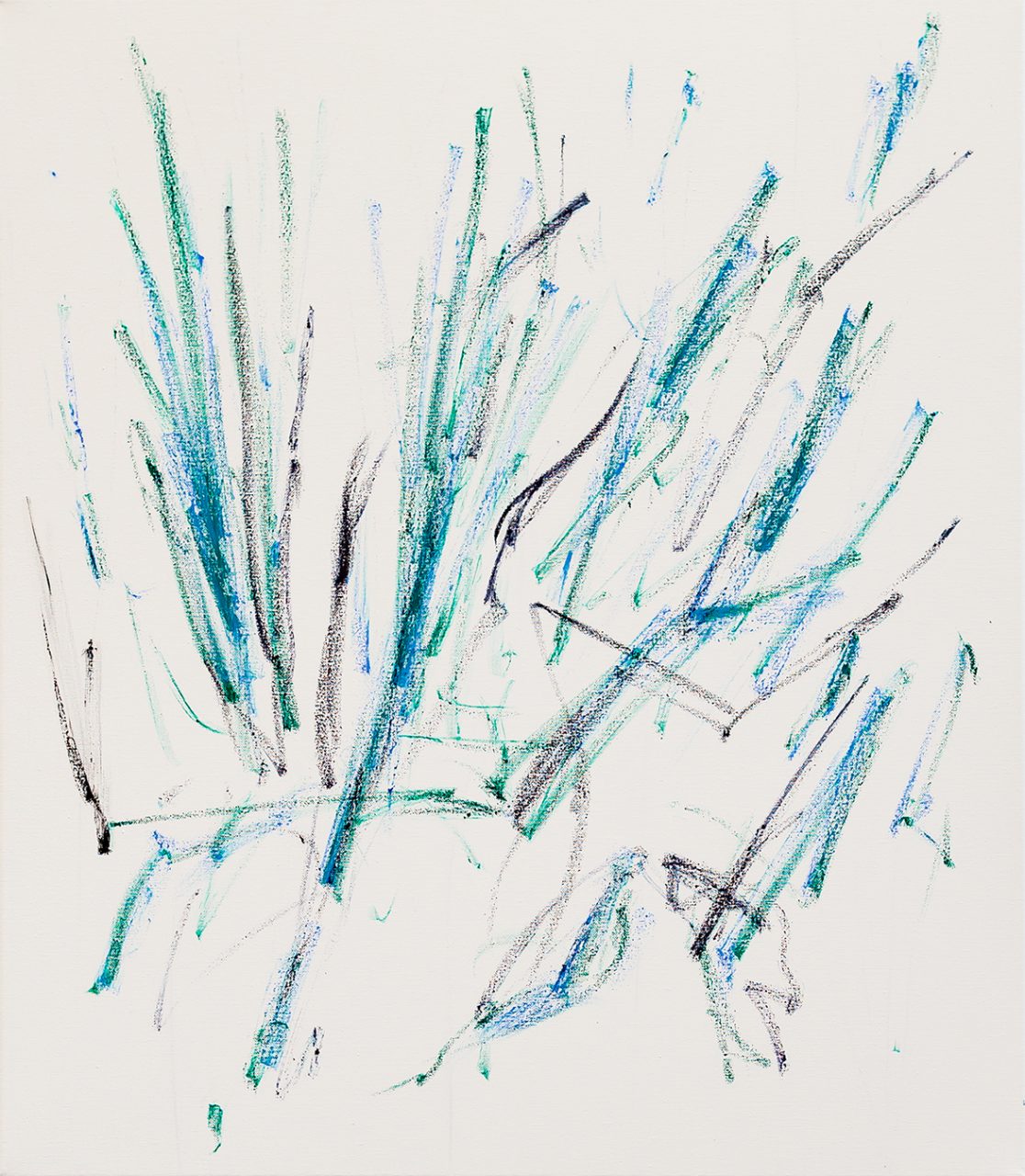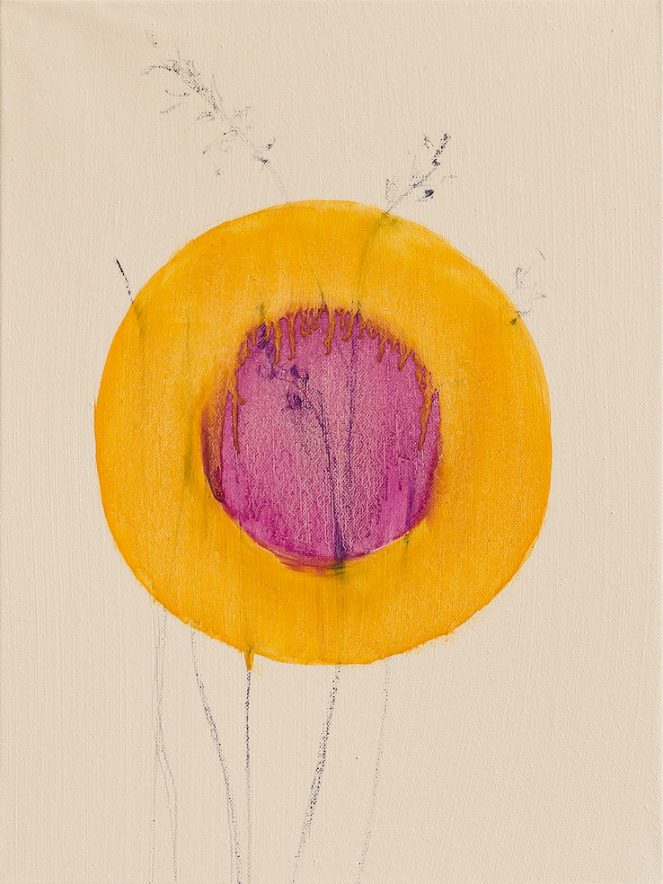Geträumte Zukunft
Julian Khol. Dreamed Future
July, 10th - August, 18th, 2020
Five dynamic and large-format sculptures, two paintings and drawings are on view in the exhibition Dreamt Future by the renowned artist Julian Khol (*1979, Vienna, AT) in the HAAS & GSCHWANDTNER Gallery, in Salzburg, AT. The artist pulls us into a maelstrom of the deepest human perception and emotional world. Originally planned as a project about the differently felt types of love and emotions, Khol was also caught up in the developments surrounding the COVID-19 crisis. The sudden lockdown and the resulting expectations and fears in society prompted the artist to deal with the dream and utopia of an uncertain future.
Already in 2017 Julian Khol was fascinated by the walk through the architecturally and sculpturally influenced "festival district" in the old city of Salzburg. He described its "contrast between the old-established, torn out primeval cultures that have been bitten into the rock" and the "ultra-existentialist work by Anselm Kiefer" in a fascinating interview with the Austrian National Broadcasting Corporation, the ORF1The tendency of dealing with sculpture already became apparent here. If we look at the times in which we live today, we realize that everything is in anticipation: what comes now, what comes after? Slowly we are approaching a "normality" after having lived a dystopian SciFi-movie for the last months. The question of what comes after the sudden and unexpected standstill echoed through our society. The future, or even our present, seems to many just like a "dreamed future", a "utopian time". The fear of the collapse of global civilization is constantly resonating. In the midst of this, Julian Khol recognizes the spark of fantasy and takes it up artistically. "Imagination has shaped mankind for thousands of years and has driven the human imagination. Everything we have achieved so far has been imagined and dreamed of a future." Hominids around the campfire, people in company, at the dinner table, in front of the TV sets, everyone has imagined something, in their imagination, in their dreams. They told, taught and learned. That's how our reality was created and that's how reality is created. "An idea is repeated until enough people believe it and it becomes reality. So an idea is future. A work of art, born from the idea of artists, is therefore future. And present." Khol refers in his thoughts to a quote from Virginia Woolf.2
Julian Khol impressively expresses these personal insights of an 'uncertain time' and the impressions from his literary research in his latest works. The large-format painting Unterströmung / Rip tide (2020) - a black puddle that flows over the existing painting - is a decisive factor in this. Representing the experiences of the past months, this painting manifests a black wave of colour which, similar to a rip tide with an enormous suction force in the sea, carries everything along and pulls it down. It is only possible to guess what the wave has just swallowed and pulled down in the depths.
Out of this 'depth' Khol's sculptures, which the artist makes himself from forged copper tubes and works on with tools, emerged. By means of 23-carat gold leaf and the resulting light reflections, he intensifies the spatial perception of the sculptures. They are ideas, they are fed by memories, are memos, fantasies, they are the future. By casting their shadows, the sculptures are always a millisecond ahead of the present, casting the shadow into the future and acting as mediators between past and future. So to speak, the shadows of the sculptures stand for time intervals.
The artist himself experiences his life partly as "fiction". When he looks at his work, it would have been unthinkable at the beginning to develop dynamic sculptures from the habitus of painting. Step by step, however, a convolute of works emerged that harbors an evolution. From the flat work of art, to the curved, larger-than-life three-dimensional works.
Through the choice of material and special treatment, the sculptures also unfold their effect outdoors. This can be seen in a parallel presentation of landart-sculptures at Der Seehof in Goldegg, AT, (until the end of September 2020). Energy flows through the high light frequency of gold leaf, which does not absorb light. For Khol, gold is a magical material, a metal that has fascinated mankind for thousands of years and caused just as much suffering. However, for the artist this has nothing to do with luxury, pomp and ostentation.
The curved forms of the sculptures represent our eternal loop of thoughts. Julian Khol has researched the anatomy and physiology of memory. How does a person save memories, how does a person transform recorded information? How memories are stored is decided by receptors. Feelings are repeated in loops through our brain. Memory becomes represented emotion in the eternal spiral forms. They depict Khol's personal mantras that are eternally running through his head. His sculptures have become more meditative over the past years. They also show the routine of contemplative forming and shaping.
Another terrain the successful artist is entering is that of drawing on paper. What this has in common with his painting is a certain brutality. Unfiltered, he always draws the same motif with pastel chalks on the paper: a palm tree with coconuts. A dream, a memory that reminds him of his residencies in L.A., California, USA (2018) and Miami, USA (2019). As a student of Christian Ludwig Attersee and Herbert Brandl, he always wanted to reinvent himself. No painting should look like the next, forms and colours had to change constantly. The palm tree in his drawings is a variable motif. The repetition becomes a pleasant rhythm, like a song in which certain sequences of notes are repeated in the same way. QR codes can be found everywhere in the exhibition. Visitors can scan them and play different songs and pieces of music, which remind Julian Khol of his work in retrospect. This creates an emotional mediation between the artist, his sculptures and the emotions of the viewers.
In the exhibited sculptures, serial drawings and paintings, all of our thoughts, surreal and effective ideas or imaginative visions that e.g. children have accumulate. How do our childhood memories of old science fiction films affect us today? The communication with other people via smartphones with screen transmission? These are positive aspects of science fiction. But dystopian visions of the future have also become apparent in recent months, such as the wearing of masks as a protective measure.
The dream, the future and collective memory are themes that Julian Khol addresses. As an artist he is part of the macrocosm of society and the system, the microcosm he also illuminates is formed by his fatherhood, marriage, being a son and his friendships. Emotions triggered, for example, by Greta Thunberg's speech at the Climate Action Summit on September 23, 2019, at the UN headquarters in New York, drive him forward in his work.3
It is his oeuvre that transforms our uncertainty, our thoughts about the supposedly frightening unknown into a radiant, tangible one. Thanks to his dynamic conception, Julian Khol points the way to a future yet to be defined that is utopian and yet enlightening on the horizon.
Martina Pohn, July, 2020
1ORF Kulturfreitag, ZIB 24, May, 26th, 2017: https://www.youtube.com/watch?v=kf9yj7qpUTg
2"Masterpieces are not single and solitary births; they are the outcome of many years of thinking in common, of thinking by the body of the people, so that the experience of the mass is behind the single voice." (Virginia Woolf, A room of One's Own, 1929, p. 65)
3Greta Thunberg, Climate Action Summit, September, 23rd, 2019, UN Headquarter New York: You have stolen my dreams and my childhood with your empty words. And yet I'm one of the lucky ones. People are suffering. People are dying. Entire ecosystems are collapsing. We are in the beginning of a mass extinction, and all you can talk about is money and fairy tales of eternal economic growth. How dare you!

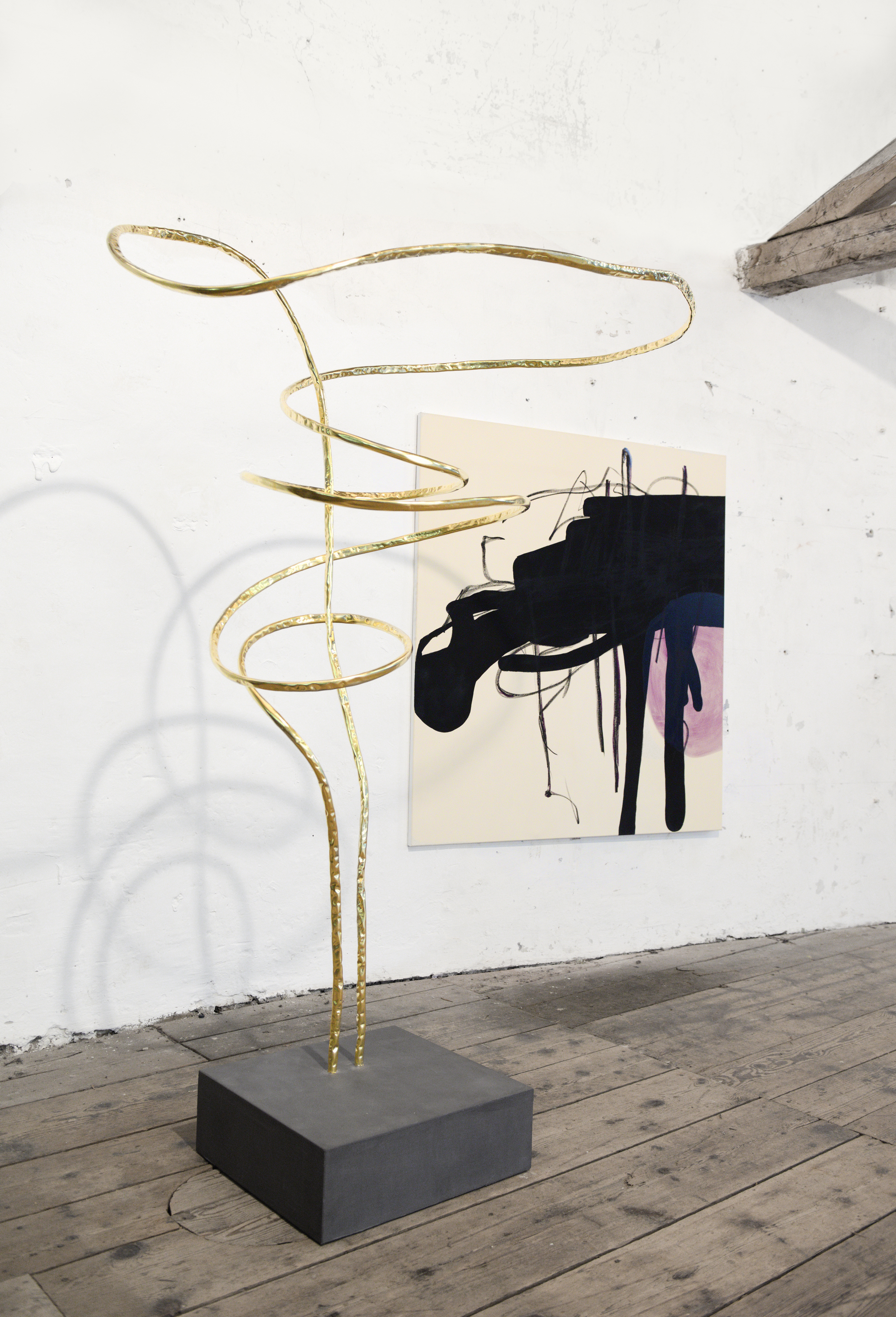
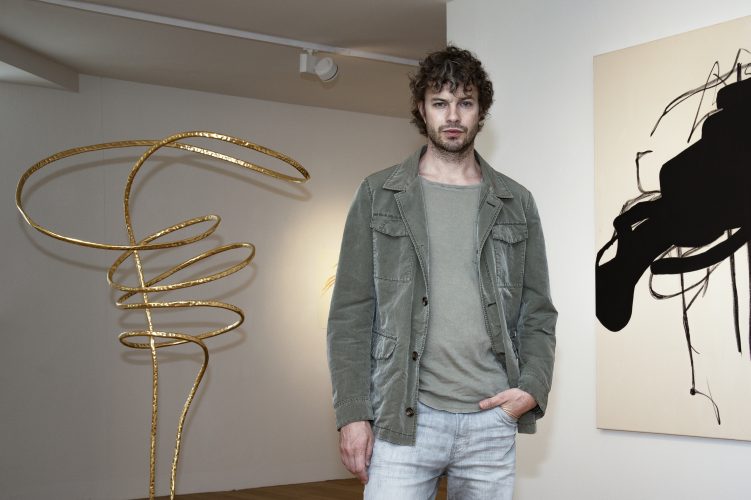 Julian Khol in the exhibtion Dreamt Future »
Julian Khol in the exhibtion Dreamt Future »
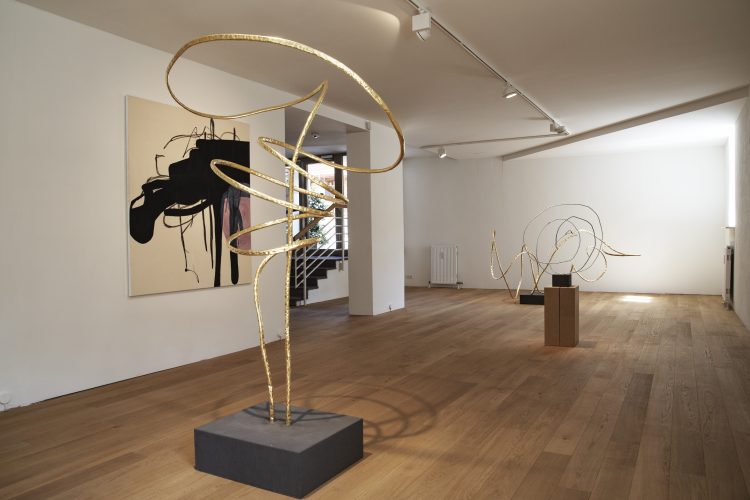 Julian Khol. Dreamt Future. Exhibition view »
Julian Khol. Dreamt Future. Exhibition view »
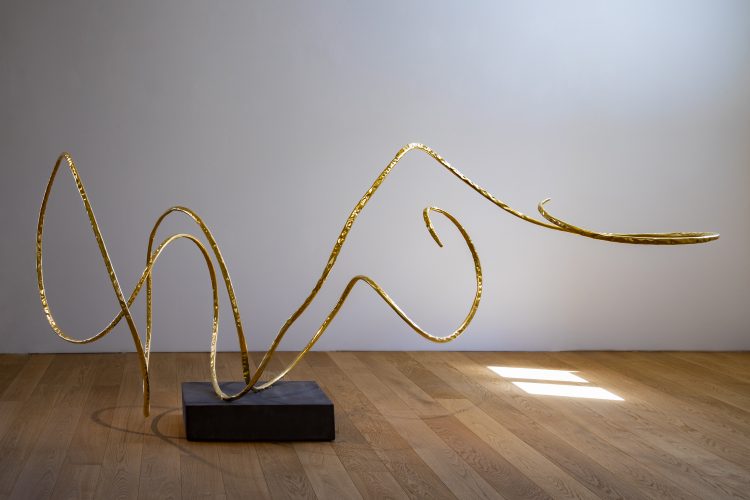 HMU, Dreamt Future »
HMU, Dreamt Future »
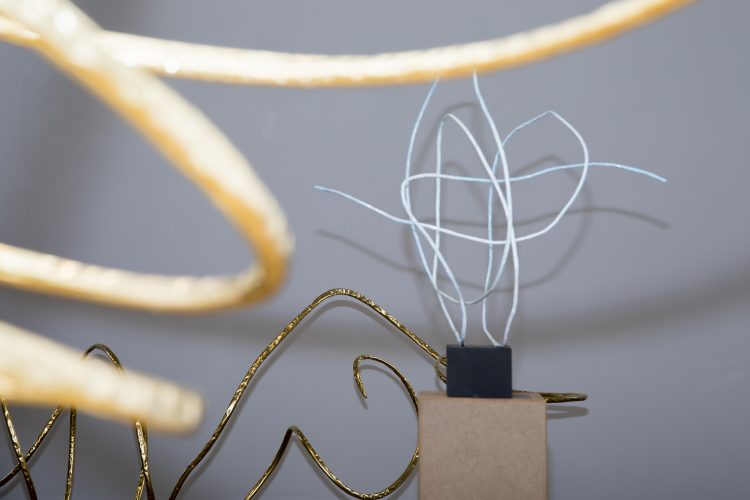 Julian Khol. Dreamt Future. Exhibition view »
Julian Khol. Dreamt Future. Exhibition view »
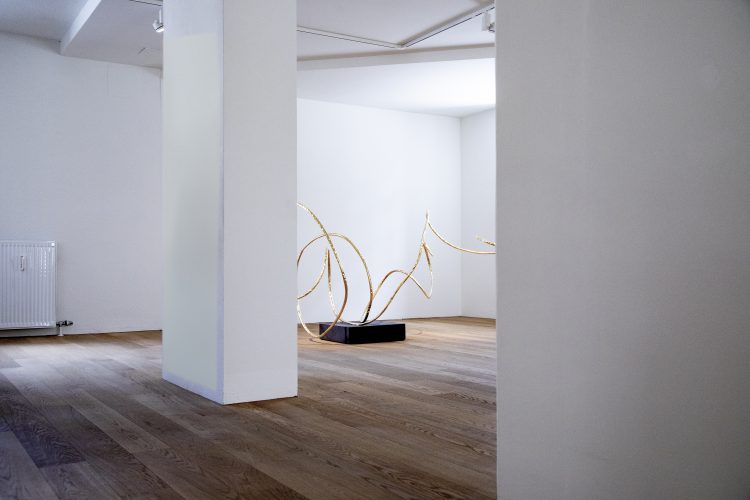 Julian Khol. Dreamt Future. Exhibition view »
Julian Khol. Dreamt Future. Exhibition view »
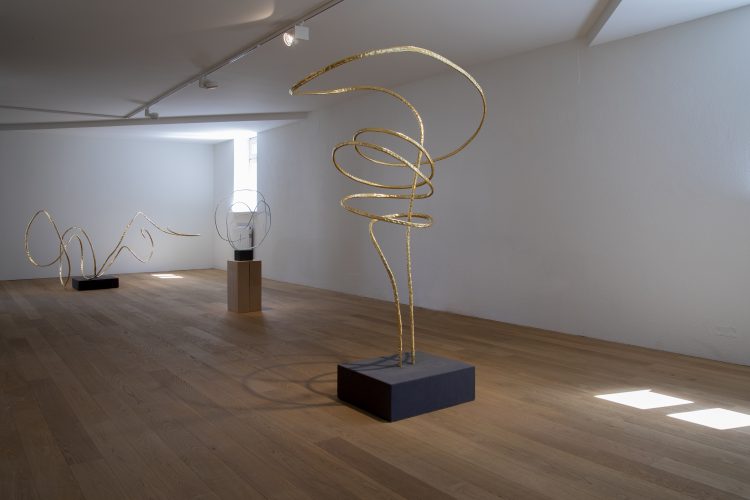 Julian Khol. Dreamt Future. Exhibition view »
Julian Khol. Dreamt Future. Exhibition view »
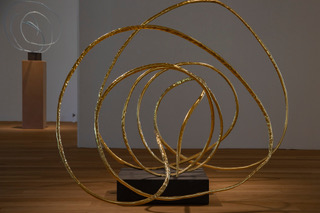 invocation, Dreamt Future »
invocation, Dreamt Future »
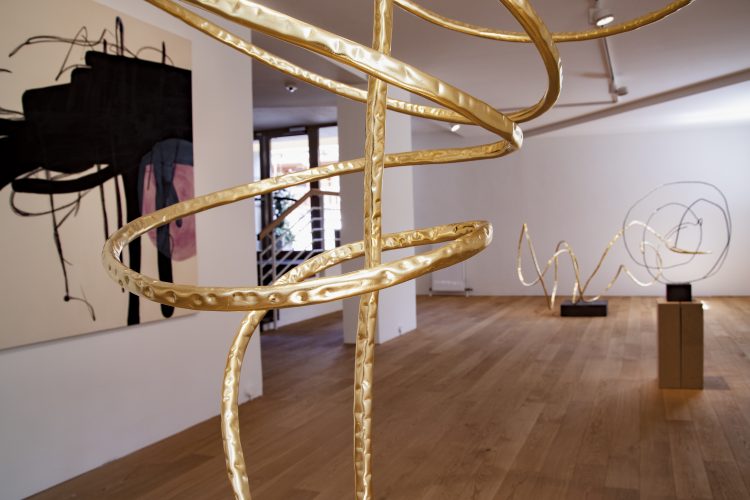 Julian Khol. Dreamt Future. Exhibition view »
Julian Khol. Dreamt Future. Exhibition view »
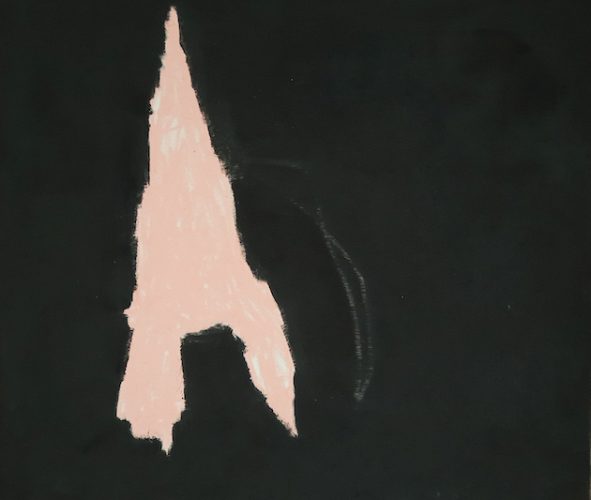 Untitled »
Untitled »
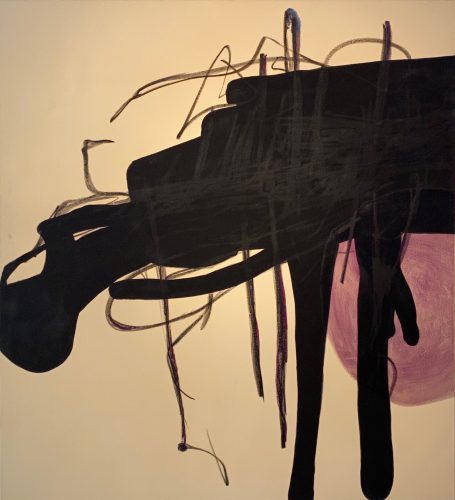 Unterströmung (rip tide) »
Unterströmung (rip tide) »
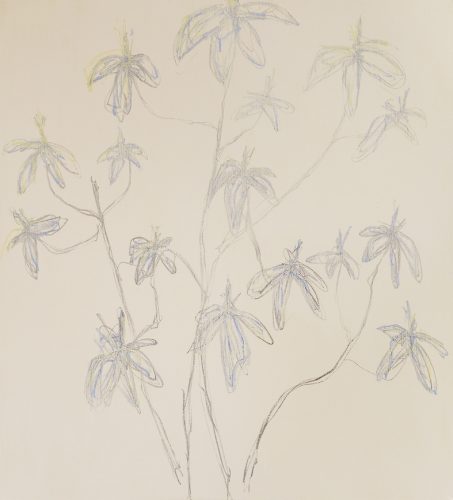 Untitled »
Untitled »
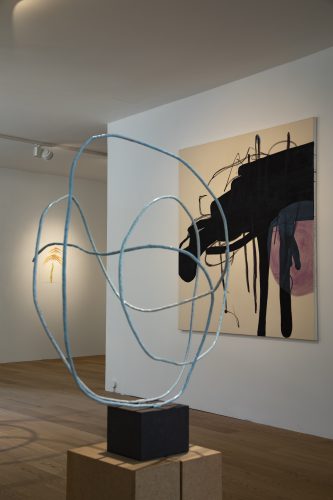 Julian Khol. Dreamt Future. Exhibition view »
Julian Khol. Dreamt Future. Exhibition view »
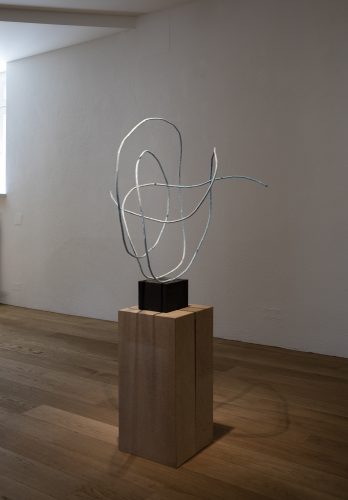 set time, Dreamt Future »
set time, Dreamt Future »
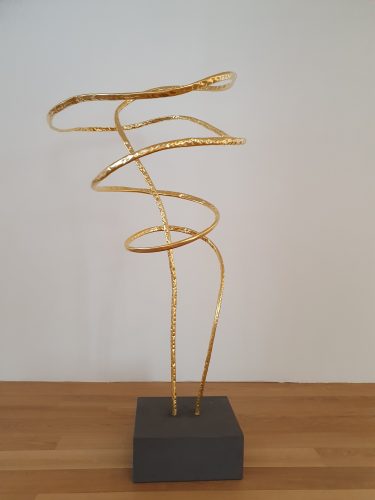 words on the lips »
words on the lips »
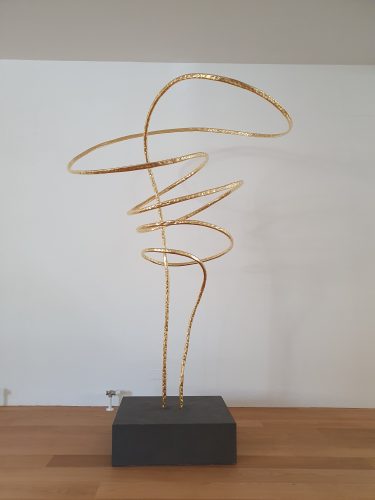 underside »
underside »
